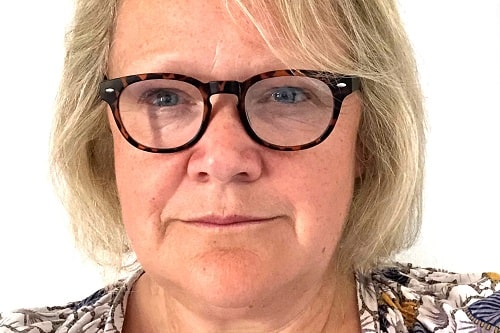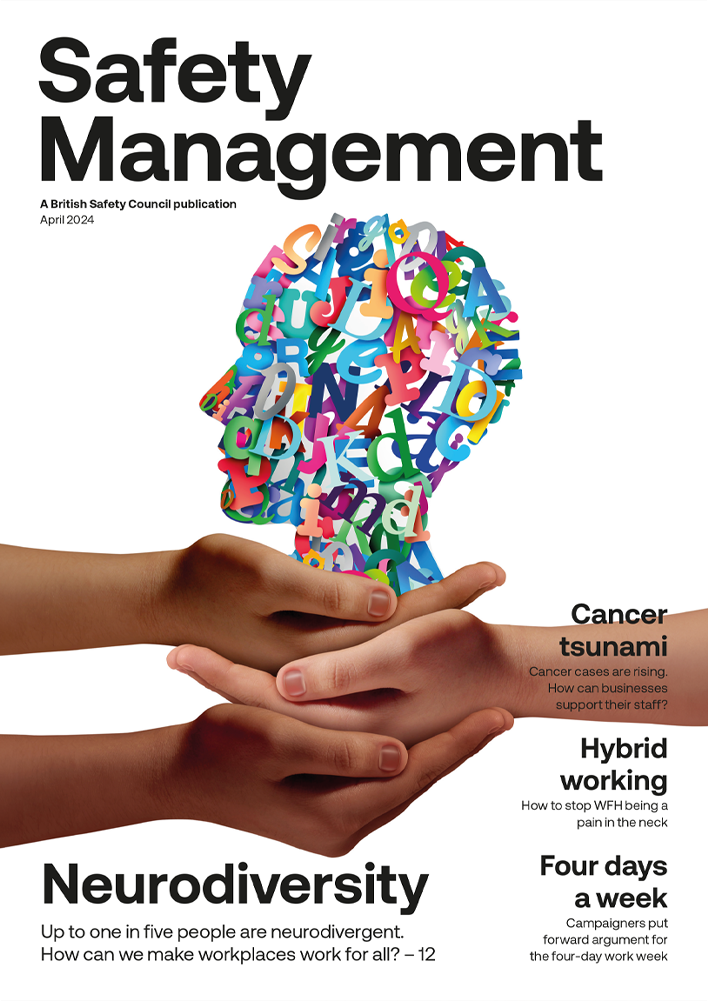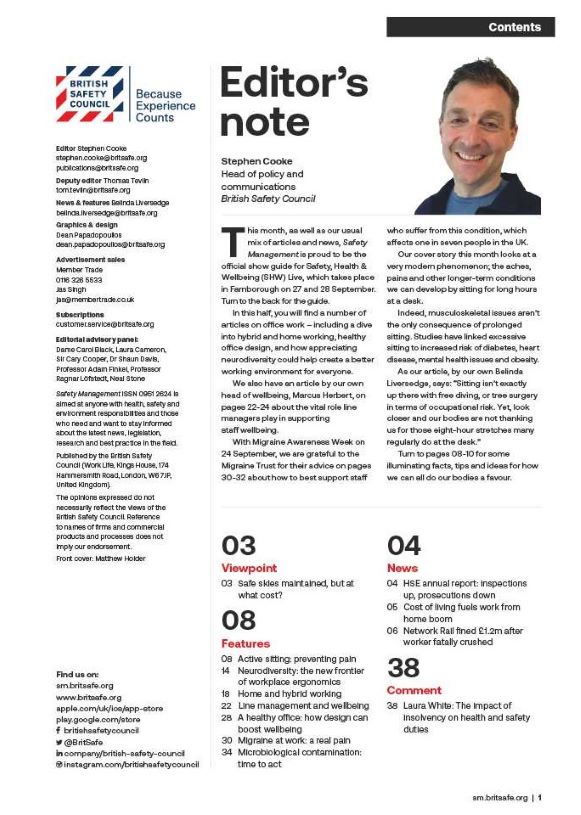We need more women in safety leadership roles – so let’s #EmbraceEquity
Currently, approximately 21 per cent of health and safety professionals are women, which means the profession is not representative of the workplace. Translate this into leadership roles and we have even more work to do.
By Louise Hosking, director and co-founder, OneWISH Coalition on 01 May 2023








